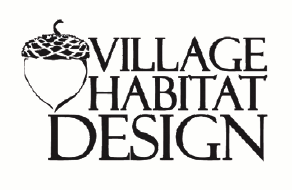Conservation Communities
The most valuable land for farms and gardens is in close proximity to towns and neighborhoods.
Benefits of Conservation Communities
Preservation
Ag and Natural Habitat Lands
Urban Ag/Farm production
Local Community
Wellness
Healthy foods and walkability
Community
Build community support – young and old
Economic Opportunity
Job training/internships
Reconnect People to Land
Farm and natural habitats
Components of Conservation Communities
Conservation Planning
Regional and multi-parcel conservation
oriented planning for larger conservation areas to protect municipal areas,
watersheds and bio-regions.
Conservation Village
Twenty or more dwellings and up to thousand or more dwellings developed at a pedestrian density that are carefully arranged on the land to preserve long term common green space for recreation, farming and natural habitats.
Conservation Hamlet
Fewer than 20 dwellings set in an agricultural or woodland landscape at a pedestrian density that are carefully arranged on the land to preserve common green space for recreation, agriculture natural habitats. Conservation hamlets can be developed as a variety of predominant themes that can be geographic and use based such as farming, artisan or ecotourism
Conservation Farmstead
Two to Five dwelling cluster that preserves farm land, provides housing for farmer and interns and facilities for agtourism and value added products.

Average Preservation Ratios of Buildable Areas
%
Intown
%
Suburban
%
Rural
Conservation Community Advantages
Citizens
- Increases Community Support Systems and Health
- Increases access to Farm, Food & Nature
- Increases access to economic opportunities
Municipalities
- Expands Green Space without spending tax funds, Protects Natural Infrastructures & Reduces Climate Change
Developers
- Enhances lifestyle marketing opportunities
- Increases potential for pre-sales & investor opportunities
Historic Agrarian Towns and Villages
The conservation community is inspired from pre-automobile agrarian and artisan towns, villages and hamlets. These were connected to the rivers, lakes, farms and woodlands that supported them and were made very accessible by pedestrians and slow moving vehicles. The Conservation Village draws from these historic agrarian and artisan village concepts to restore existing neighborhoods and create new pedestrian oriented towns, villages and hamlets.
Like their forebearers, they are connected to farms and woodlands, although they also internalize green spaces. They support their new ways with holistically oriented education and green economic development.
A balance of place based industry, agriculture, artisanal production and town/village making with the goal of local and regional sustainability.
